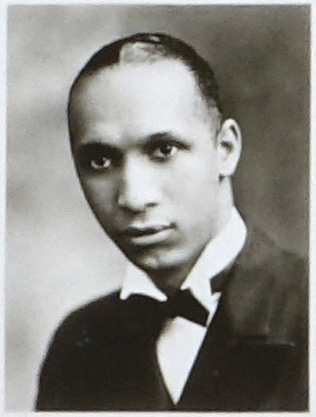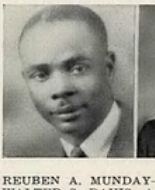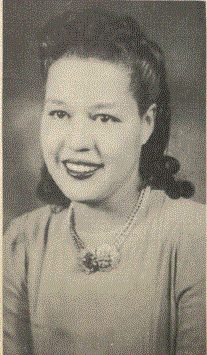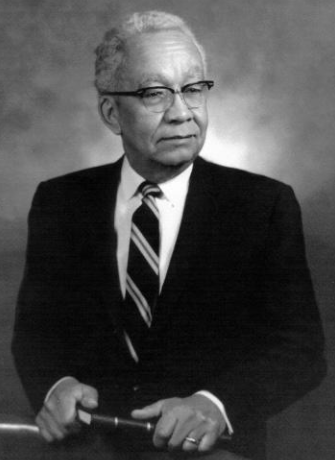George Othello Berry was born 15 July 1913 in St. Paul, MN, the second child of George W. Berry, a carpenter, and Bertha Oldham Berry, a waitress in private service. Young George attended Mechanic Arts high School in St. Paul before attending Iowa State College. Though Berry’s undergraduate days at ISC are not currently known to this project, his Northern Pacific Railway personnel file indicates that Berry received a B.S. from Iowa State University (sic), which suggests that he returned to ISC later to embark on a Doctor of Veterinary Medicine degree (Ancestry, n.d.).
As a summer job, after graduating from ISC with a Bachelor’s of Science in 1935, Berry worked as a waiter for the Northern Pacific Railway Company from August to September that year (a job his father also held by that time). His subsequent seasonal employment as a railway waiter–June-September 1936, June-September 1937, June-October 1938, and December 1938-January 1939–carried him through his D.V.M. coursework, which he completed in spring 1938, and also tided him over after graduation, before he was hired as a junior veterinarian with the U.S. Department of Agriculture in January 1939 (Ancestry, n.d.). The Winter 1939 edition of the Iowa State Veterinarian tells us that Dr. Berry was hired to work on Bang’s Disease (aka Brucellosis) with the Bureau of Animal Industry (Kuennen, 2022; “Alumni News,” p. 61). Minnesota was ramping up focus on that devastating disease in farm animals in 1939 as part of a state-federal partnership with the Bureau of Animal Industry (Fitch and Boyd, 1940).
Later in 1939, after securing a full-time position with the U.S.D.A., Dr. Berry married Thelma E. Sayles in Hennepin County, MN, on 22 June. The newlyweds were living with George’s parents in St. Paul, MN, at the time of the 1940 Census. By the time of the 1950 Census, the couple had divorced, and Dr. Berry, continuing his work for the U.S. Department of Agriculture, was married to Rozelle. The couple had three children (“Berry,” 1993).
Dr. George Othello Berry died 22 March 1993 in Hennepin County, MN, and is buried in Forest Lawn Memorial Park in Maplewood, MN.
Sources
Photo credit: Iowa State University College of Veterinary Medicine. (1938). [Graduation portrait of George O. Berry]. Iowa State University. Retrieved from https://instr.iastate.libguides.com/c.php?g=1224480&p=8958316
Alumni news. (1939, winter). The veterinary student. Iowa State University. Retrieved from https://dr.lib.iastate.edu/server/api/core/bitstreams/ed908fb2-507b-456d-94da-4c1f762fceb5/content
Ancestry.com. (n.d.). U.S., Northern Pacific Railway company personnel files, 1890-1963 for George Othello Berry, File Number 174619.
Berry. (1993, Mar. 23). Star Tribune, p. 16. Retrieved from https://www.newspapers.com/image/193121705
Fitch, C. P., and Boyd, W. L. (1940, June). Brucellosis or Bang’ s Disease of farm animals. (Bulletin 348). University of Minnesota Agricultural Experiment Station. Retrieved from https://conservancy.umn.edu/bitstream/handle/11299/163963/mn-ext-bltn-348.pdf?sequence=1&isAllowed=y
Kuennen, Brad, ISU Veterinary Medicine early graduates of color, University Library, Iowa State University,. Retrieved from https://instr.iastate.libguides.com/c.php?g=1224480&p=8958316




